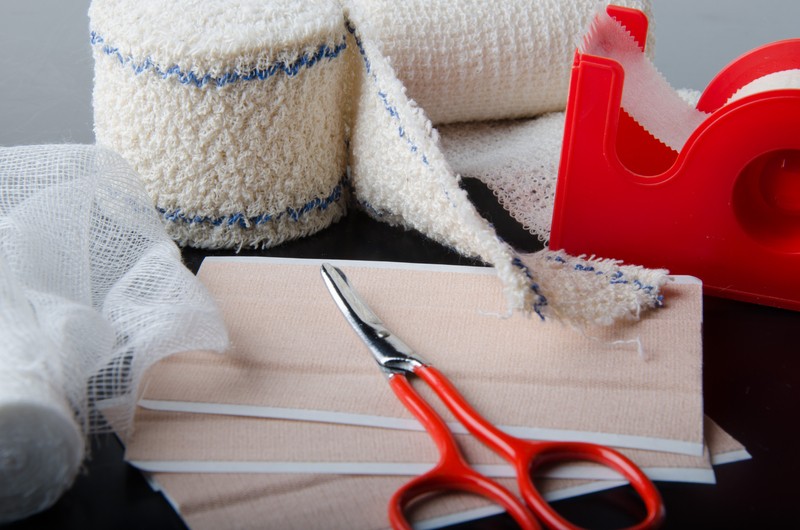Sometimes we need an expert to advise us on what we need to know.
With a background in trauma care and nursing, the person who gave us the following information is qualified to advise us of the following:
N95 Masks:
These are seen as the gold standard for pandemics and gas/smoke situations.
For gas/smoke they might help a bit but frankly a wet bandanna or a specific smoke hood/gas mask is the prep.
In pandemics they reduce but never eliminate the chance of droplet infection. The 95 means 95% of suspend particulate in the air won’t be inhaled IF you are using it right. So avoid heavy breathing and looking into people’s mouths!
In a pandemic you will need these. I’d suggest 100 per individual for urban preppers. More if you can get them as their cash value will soar.Wound care:
Some people seem to believe that antibiotic ointments are antibiotics and seem determined to use them for all wound care. The amount of antibiotic is minimal.
There are two types of wounds – superficial and deep. Clean both with sterile normal saline [0.9%]. The deeper ones really need flushing. The superficial wounds dab away with sterile gauze. Remove all foreign objects using your tick forceps (you have these right?). Use antibiotic ointment to cover superficial wounds and burns. Lightly apply it not thickly. Cover lightly if large and leave open if small. Reapply three times a day.
Deep wounds should never have antibiotic ointment put in them. It is not sterile and is really hard to remove when doing three times a day cleaning. Nor should you shove tampons, etc in unless you can easily remove them and the bits of cotton wool that flake off. Use saline and squirt it in.Hand Washing:
Few prepper videos ever show hand washing but it is the single most important medical prep there is.
In most scenarios a simple bottle of hand sanitizer will work but plain old soap and water works better, is cheaper, and can be made long after Costco closes. Sure you can make alcohol and use it but I’d rather drink my post SHTF alcohol and sell it. Basic hand washing before eating and drinking seems forgotten by many yet hand to mouth spread of germs is one of the most common way people die in many less developed parts of the world. Boil your water but wash your hands first every time!Dealing with the Dead:
Burial After Disaster. If a loved one dies during a pandemic photograph their illness, take dated notes, and then use trash bags with duct tape to make a body bag. Remove them and bury them 3 feet (6 to 10 feet is ideal) underground away from water sources. Cover this with heavy wood and rocks. Photograph everything in case a post SHTF Coroner shows up. You do not routinely need an N95 mask or gloves for the freshly dead unless it is a pandemic. The dead will expel gas and body fluids. That will freak you out until you get used to it. If you leave them a few hours they will go rigid and are much easier to move but beware as they will be dead weight!Suturing:
This seems to becoming a growth area in prepping yet steri-strips work better and are less invasive for smaller wounds. The October 2015 Apocabox had some cheap ones (sorry Creek!) but most nurses can grab much better ones.
Also, note that if you happen to be on prescription medications, it never hurts to have extra bottles around the house. You never know when you will be able to find a pharmacist before medication has run out.
Be prepared, take notes, and go on over to The Prepper Journal for more information about medical beliefs and myths.
